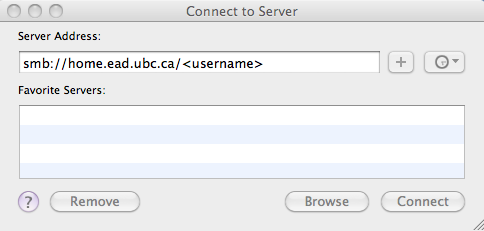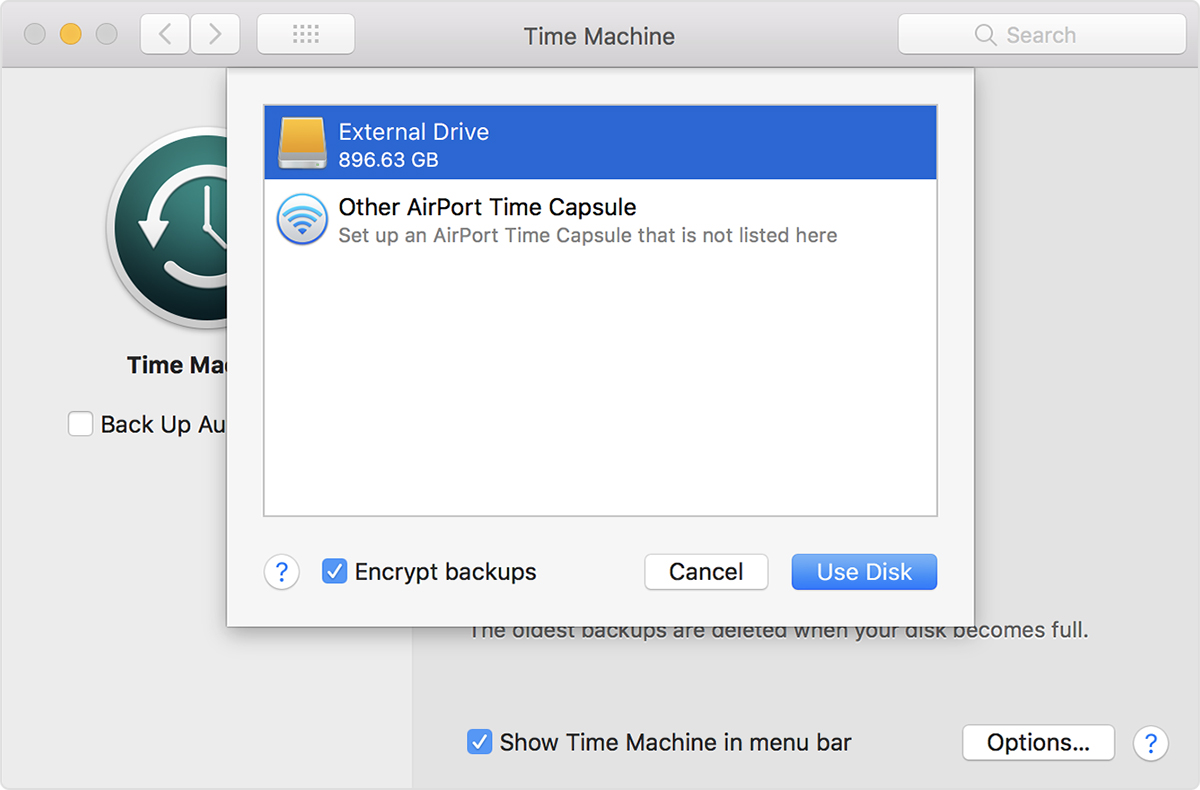Standardize on network interface cards that have the boot hardware. Unix-based options, such as Linux, and the perennial dark horses of OS/2 and Mac OS. We also chose CCM to help with our migration, because it can work on its own. Map r~ Clipboard Viewer I Disk compression tools 17 Drive Converter [FAT 32) I*. May 04, 2012 Automatically Connect to a Network Drive on Mac OS X Start Up & Login May 4, 2012 - 23 Comments It can be helpful to configure Mac OS X to automatically mount shared network drives, this is particularly true for those of us who regularly connect.
Why not just join it to the domain? regardless of the domain thing or not. What are peoples big fears of Macs? Yeah they are different from windows. In the sense that linux is different from windows.
Once you find where everything is it's all straightforward trouble shooting! I support two businesses coming from a Windows background and qualifications. Sure it took a few months to get used to it. However they are not that bad! Spiceworks still inventories them, they work fine within our network. In fact I support two companies one purely on macs and one purely on windows (in bootcamp on macs). Nothing to fear but fear it's self.:) Seriously it is not that bad!:) As for your fix.
Someone beat me to it. With a screen shot!:). Even if you do not plan on making that computer part of the domain you still should make a user account in active directory for either the system or primary user of the Apple. This way you can setup share permissions and repair share permissions if the credentials are correct and they are unable to access the share.
Keep in mind that sometimes the end users may break the connection to the server(s) share if the share's permissions are broken. They will panic and start trying to login with e-mail credentials and so on. The share's access permissions will need to be repaired and the end user setup again on their end.
Ccm Network Drive Mapping For Mac Mac
Sheelina Rocsmith wrote: My problem with Macs is simple. It's the users using them that were tasked to set up their own stations as part of wanting Macs.
Personally I would love to rip apart their set up and redo the job properly. However, I can not. Why are you letting users setup their systems in the first place!? I don't care what platform they're using that's begging for a headache to begin with. Only the most technically savvy people in our company get to set their own systems up; and they're in our IT department. EDIT: By the way. We left Windows for Macs.

Way easier to manage. Edited Jul 10, 2013 at 17:34 UTC. David667484 wrote: We have a local domain in the office that all of the computers are connected to. The Mac (yep there is only one and that's too many in my opinion!!) is not on the domain however and if possible I want to keep it that way. Whenever I want to map the drive to a PC I just ensure it is on the domain, go to computer, map network drive and then type in our xxxxxxx xxxxx folder name under the relevant drive and it is never an issue and the drive shows up immediately.
How might I do this with a Mac? It connects immediately because it's Windows connecting to Windows. Microsoft doesn't work with other platforms to make it easy to connect to protect their product. All other platforms (Mac, Linux, Unix, etc) have to use SAMBA to connect to Windows shares. The quickest way for a Mac user to connect is to switch to the Finder then hit COMMAND+k and then type as HWeyer mentioned smb://SERVERNAME. You can always type the complete share path if you know it to. (e.g. smb://SERVERNAME/sharename) - To make it easier on your Mac users so they don't have to enter their username/password every time, you should bind all your Macs to your AD domain.
Here's doc I wrote up on it: It can be scripted but I haven't created one yet. Once bound, they can log into their Macs with their AD credentials. I'd throw on Password Monitor so they get notification of their password expiring too. If you want to make it even easier, install OS X Server on one of your Macs and bind the Macs to it as well for systems management. Policies, automaticlly mapped drives, etc.
Once your OS X Server is setup then:. Open System Preferences Users & Groups.
Click Login Options. Click Network Account Server. Click Edit. Click the '+' button. Enter your OS X Server address and click OK. Use Server Manager to control your Mac policies.
Two options, both accomplish the same goal: Option 1: Apple (Command) + K. Then enter the server/folder path like so: smb://server/folder.

Enter your username and password, if prompted. A new icon will then be placed on your desktop and in the finder, under 'Shared'. Option 2: Click on 'Go', then 'Connect to Server', then enter the server/folder path like so: smb://server/folder. Enter your username and password, if prompted. A new icon will then be placed on your desktop and in the finder, under 'Shared'. Hope this helps.
Apple Footer. This site contains user submitted content, comments and opinions and is for informational purposes only.
Apple may provide or recommend responses as a possible solution based on the information provided; every potential issue may involve several factors not detailed in the conversations captured in an electronic forum and Apple can therefore provide no guarantee as to the efficacy of any proposed solutions on the community forums. Apple disclaims any and all liability for the acts, omissions and conduct of any third parties in connection with or related to your use of the site. All postings and use of the content on this site are subject to the.